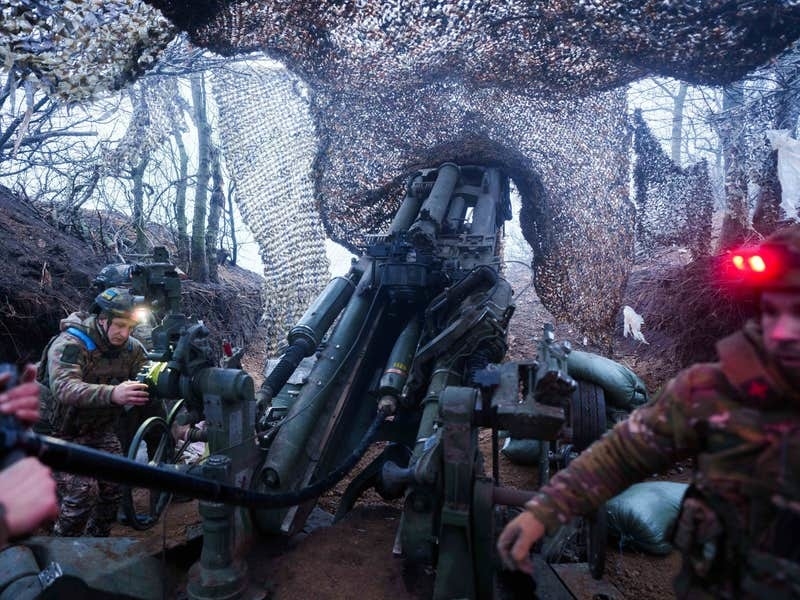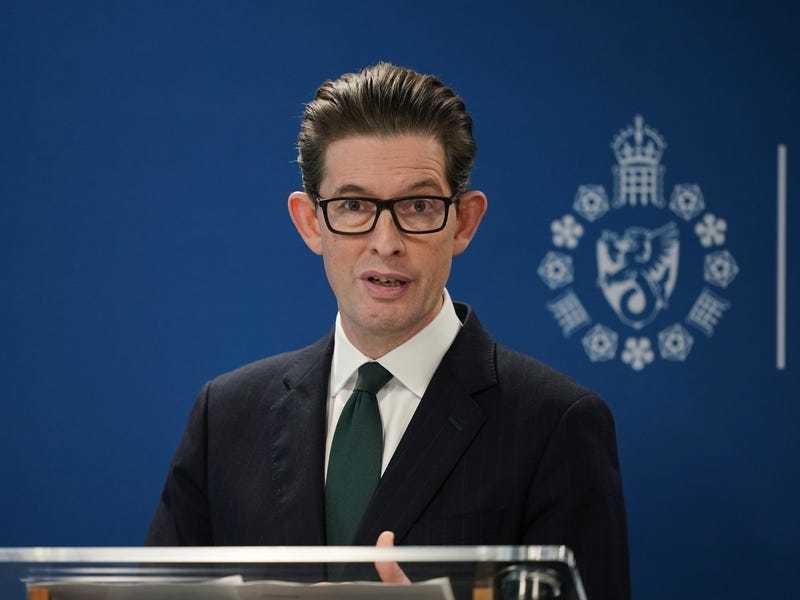A dire shortage of infantry troops and supply routes coming under Russian drone attacks are conspiring against Ukrainian forces in Pokrovsk, where decisive battles in the nearly three-year war are playing out.
Ukrainian troops are losing ground around the crucial supply hub, which lies at the confluence of multiple routes leading to key cities in the eastern Donetsk region as well as an important train station.
Moscow is intent on capturing as much territory as possible as the Trump administration pushes for negotiations to end the war and recently froze foreign aid to Ukraine, a move that has shocked Ukrainian officials already apprehensive about the intentions of the new US President.
Air defense and a sufficient supply of interceptor missiles are essential conditions for bringing peace closer. I am grateful to all our partners who support us in this and who have a clear understanding of what exactly is needed.
Patriots, IRIS-T, all necessary air defense… pic.twitter.com/bE2IbgxyoH
— Volodymyr Zelenskyy / Володимир Зеленський (@ZelenskyyUa) February 2, 2025
Military aid has not stopped, Ukrainian President Volodymyr Zelensky has insisted.
Ukrainian soldiers in Pokrovsk said that Russian forces switched tactics in recent weeks, attacking their flanks instead of going head-on to form a pincer movement around the city.
With Russians in control of dominant heights, Ukrainian supply routes are now within their range.
Heavy fog in recent days prevented Ukrainian soldiers from effectively using surveillance drones, allowing Russians to consolidate and take more territory.
Meanwhile, Ukrainian commanders say they do not have enough reserves to sustain defence lines and that new infantry units are failing to execute operations.

“The war is won by logistics. If there is no logistics, there is no infantry, because there is no way to supply it,” said the deputy commander of the Da Vinci Wolves battalion, known by the call sign Afer.
“(Russians) have learned this and are doing it quite well.”
A combination of factors led Kyiv to effectively lose the settlement of Velyka Novosilka this past week, their most significant gain since seizing the city of Kurakhove in the Donetsk region in January.
Scattered groups of Ukrainian soldiers are still present in Velyka Novosilka’s southern sector, Ukrainian commanders said, prompting criticism from some military experts who questioned why the higher command did not order a full withdrawal.
The road junction village is nine miles from the neighbouring Dnipropetrovsk region, where authorities have begun digging fortifications for the first time since Russia’s full-scale invasion in February 2022, anticipating further Russian advances.

Long-range and medium-range surveillance was impossible, he said, adding: “Because of this, the enemy was amassing forces … taking up positions, digging in. They were very good at it.”
It was at that fateful moment that Russian forces launched a massive attack: Up to 10 columns of armoured vehicles, each with up to 10 units, moved out from various directions.
Key logistics routes along major roads are under direct threat from Russian drones as a result of Moscow’s recent gains, further straining Ukrainian troops.
Russian forces now occupy key dominant heights around Pokrovsk, which allows them to use drones up to 18 miles deep into Ukrainian front lines.
In my interview for Associated Press I highlighted that Russia doesn’t want to end the war fairly. It wants to end it by destroying Ukraine’s freedom and independence. This isn’t rhetoric—it’s their objective. They haven’t achieved their main goal: Ukraine still stands. Thanks to… pic.twitter.com/mNqWkd7QwZ
— Volodymyr Zelenskyy / Володимир Зеленський (@ZelenskyyUa) February 2, 2025
The Pokrovsk-Pavlohrad-Dnipro highway is “already under the control of Russian drones,” said the commander at Pokrovsk’s flanks. Russian forces are less than 4 kilometers ( 2 1/2 miles) away and are affecting Ukrainian traffic, he said. “Now the road is only 10% of its former capacity,” he said.
Another paved highway, the Myrnohrad-Kostyantynivka road, is also under Russian fire, he said.
This also means that in poor weather, military vehicles, including armored personnel carriers, tanks and pickup trucks, have to trudge through the open fields to deliver fuel, food and ammunition, as well as evacuate the wounded.
In a first-aid station near Pokrovsk, a paramedic said evacuating wounded soldiers once took hours; now it takes days.
“Everything is visible (by enemy drones) and it is very difficult,” he said.
Ukrainian soldiers in the region also said shortages of fighting troops are “catastrophic” and challenges are compounded by newly created infantry units that are poorly trained and inexperienced, putting more pressure on battle-hardened brigades having to step in to stabilize the front line.






